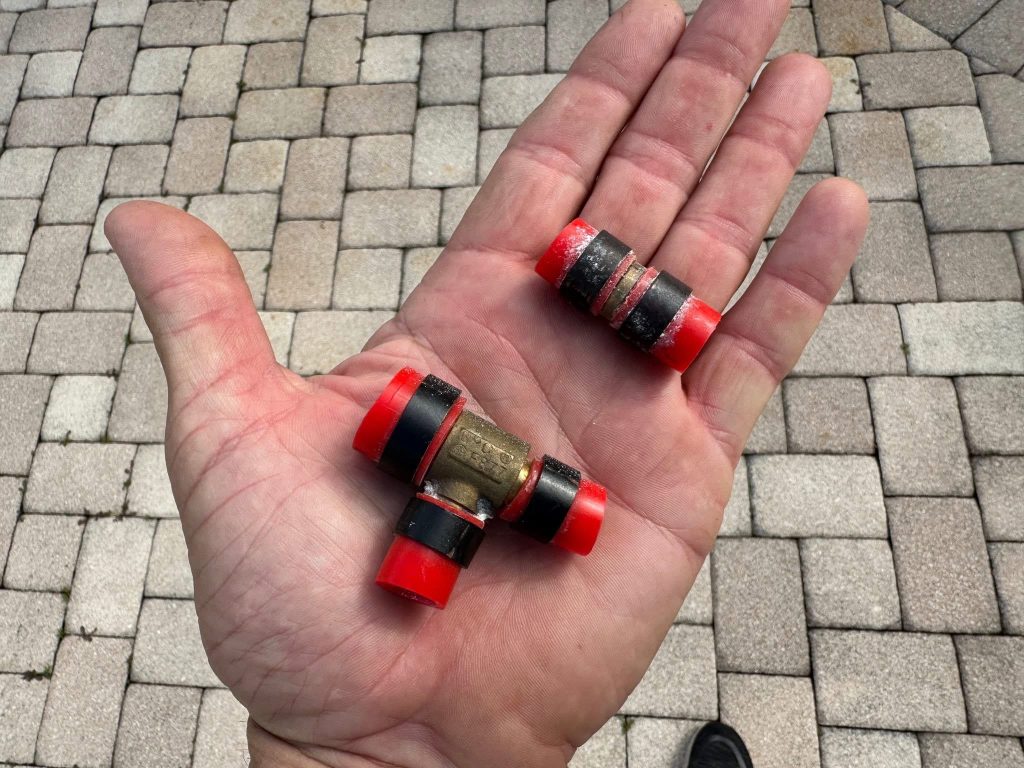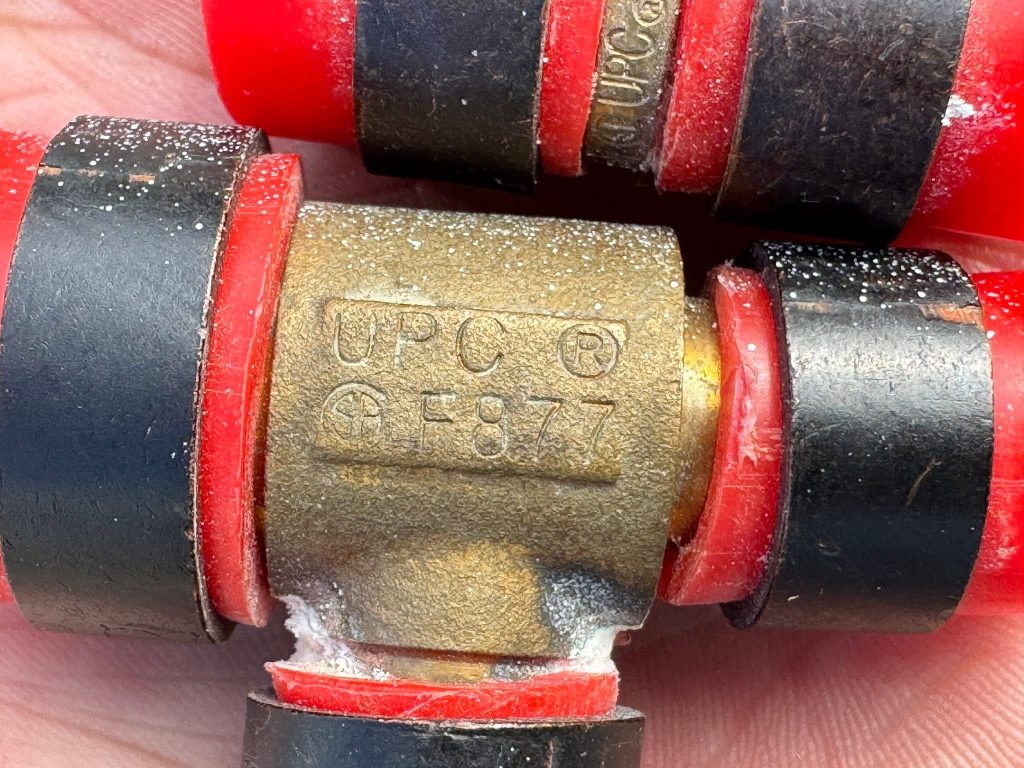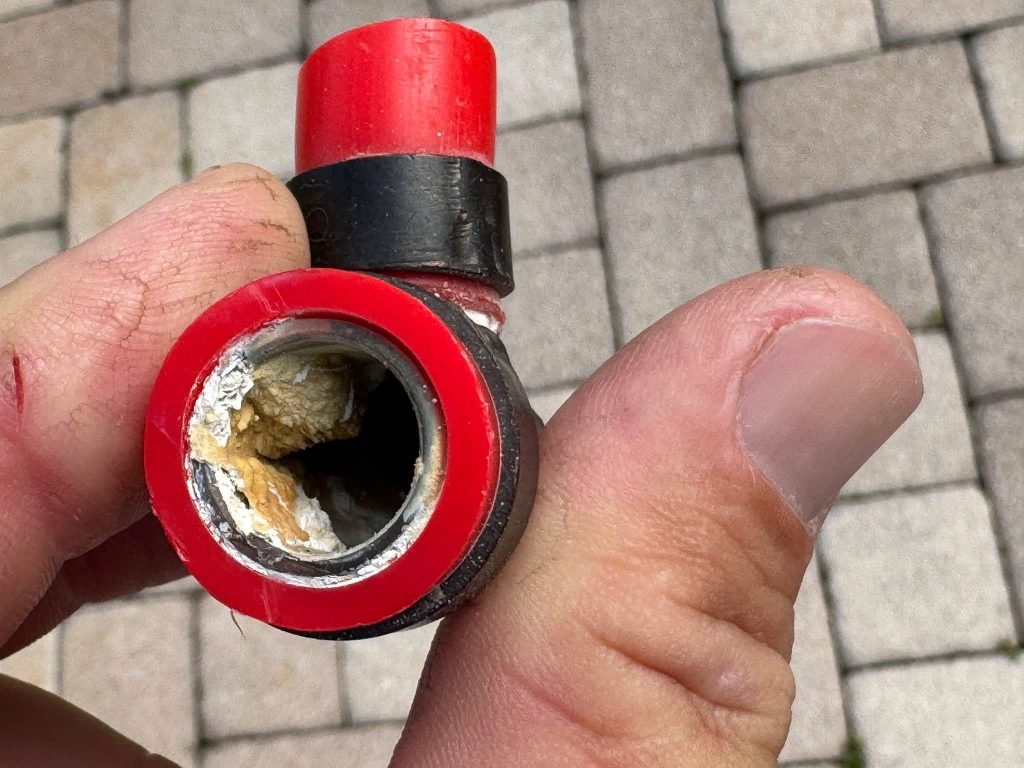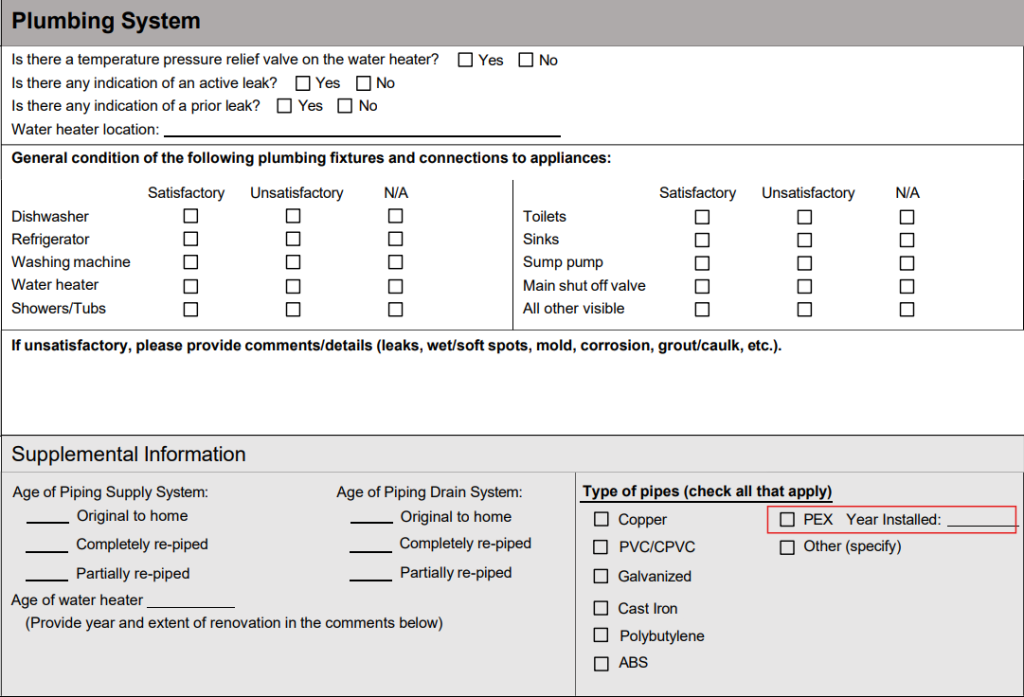Why the New Florida 4-Point Form Asks About PEX Plumbing Installation Dates
Introduction
Homeowners in Florida are becoming increasingly familiar with the 4-point inspection, a requirement for many insurance providers. This inspection evaluates four key areas of a home: roofing, HVAC, electrical, and plumbing systems. Recently, the updated Florida 4-point inspection form began requiring inspectors to specify when PEX (cross-linked polyethylene) plumbing was installed. But why is this detail so important to insurers? The answer lies in the history of PEX-related issues that have raised concerns over time.
1. Understanding PEX Plumbing
PEX piping has become popular in residential plumbing due to its flexibility, affordability, and resistance to corrosion compared to copper or galvanized steel. Many homeowners appreciate its ease of installation and durability. However, not all PEX installations are created equal, and some early versions of the material developed a problematic track record.
2. Why Insurance Companies Care About PEX
Insurance companies are primarily concerned with risk. Certain generations of PEX piping have shown vulnerabilities that can lead to water damage claims. These issues include:
- Fittings and Connections: Some brands of brass fittings used with PEX were prone to corrosion and failure, causing leaks.
- Manufacturing Defects: Certain batches of PEX piping from the 1990s and early 2000s were linked to premature deterioration.
- Chemical Sensitivity: PEX can react poorly with chlorine and other water treatment chemicals, potentially weakening the material.
Because water damage claims are among the most costly for insurers, the installation date helps insurance companies gauge whether the plumbing system may fall into a high-risk category.



3. PEX Installation Dates Matter
The date of installation provides insurers with critical context:
- Older Installations (Pre-2010): More likely to contain problematic fittings or be from manufacturers associated with past failures.
- Newer Installations (2010 and later): Benefit from improved materials, fittings, and manufacturing standards, making them less prone to failure.
By asking for the installation date, insurers can better evaluate risk and determine whether coverage is appropriate, needs limitations, or may require higher premiums.

4. What Homeowners Should Know
If your home has PEX plumbing, here are a few steps to take:
- Find Out the Installation Year: If possible, review permits or renovation records to confirm when the PEX was installed.
- Have the Plumbing Evaluated: A licensed inspector can help determine the type of PEX and its current condition.
- Keep Documentation Handy: Having records available can make the insurance application process smoother.
Conclusion
The new Florida 4-point form’s focus on PEX installation dates highlights insurance companies’ growing awareness of the potential risks associated with this material. While PEX plumbing can be a reliable and cost-effective option, its history of issues makes insurers cautious. By understanding when and how PEX was installed in your home, you’ll be better prepared for the insurance process and equipped to protect your property from potential plumbing problems.
